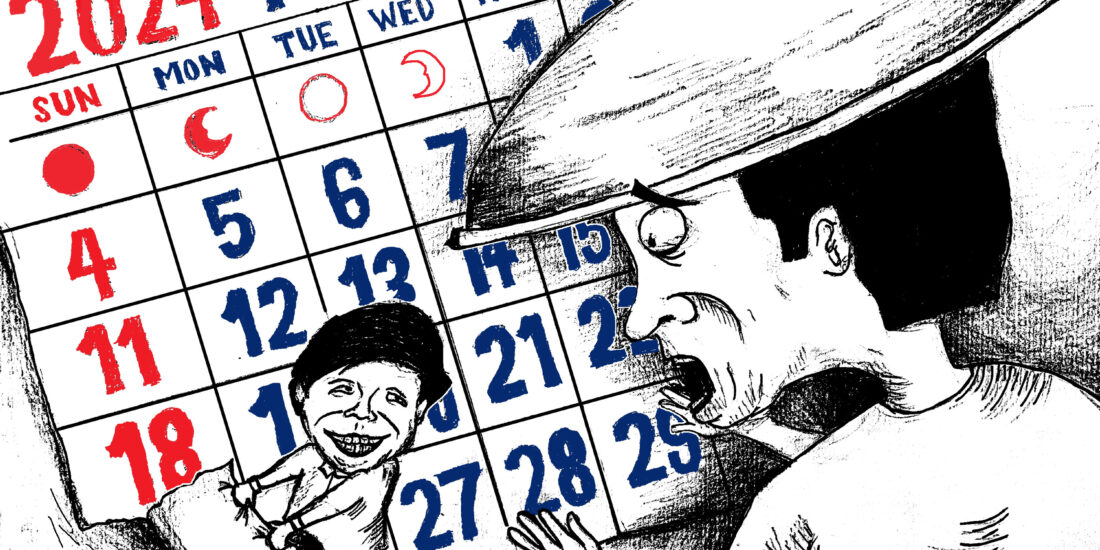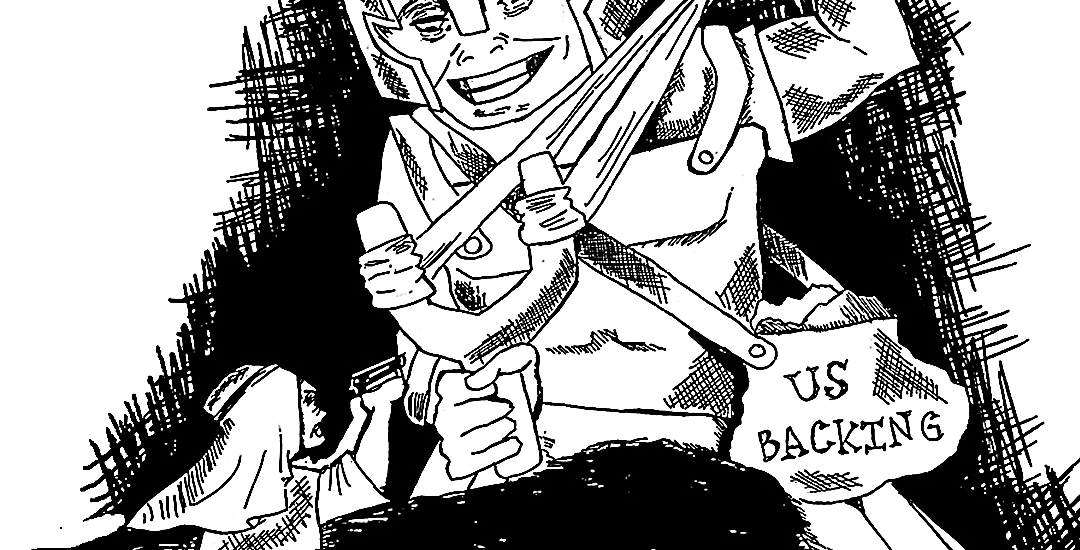We deserve a better path
Originally published in HF Volume 37 Issue 1
Ironically enough, it was during the lockdown when I started thinking about the roads that I tread on every single day. There’s something about making up for lost time as we were all left with no choice but to stay at home amid the earliest days of the COVID-19 pandemic. Once the lockdown restrictions started loosening up, I started taking long walks around my neighborhood just to get away from the screen that I was staring at all day.
All the times I spent walking around made me realize that the roads we have are built for cars rather than the people. Even before the pandemic, one of the running jokes I hear a lot is how endless road widening projects end up breaking down usable roads and rebuilding them, not to accommodate people, but to accommodate cars. The sidewalks, for a generous term, that are supposed to be for pedestrians become pseudo-parking lots for private vehicles.
My experiences in commuting almost everywhere for years made me realize that the cars are the priority of our roads, not us, the people whom these roads were built for in the first place. Our struggles in mobility have been going on for a long time, as our government prioritizes yet another highway, flyover, skyway, whatever you call it, to make way for cars as a guise to solve traffic and supposedly shorten our travel time from one place to another. The government’s projects of expanding roads for cars are sold to us as a means of reducing traffic congestion. But in the long term, it only paves a path for traffic congestion involving more cars and makes the commute a continuous living hell that we all go through daily.
This method in prioritizing roads for cars is ineffective, as it incentivizes and encourages people to take cars as a mode of transportation, and thus, create more traffic. It even has a term in transport economics which is called induced demand. This idea of induced demand refers to the concept of increasing roadway capacity that encourages more people to drive, and in turn, failing to improve traffic congestion over time. We experience this every year, as many people go to provinces during vacations and countless news regarding the carmaggedon in expressways make its way into our timelines just like clockwork.
It does not help that the current conditions of our current public transportation has worsened in the past three years. It hurts as a commuter that we have no other choice but to bear the long crowded lines and hours-long traffic just so we can get home and rest. Commuting in itself becomes a laborious task that takes away so much of our limited time of the day after being consumed by work.
Benjamin De La Peña, the chief executive officer of the Shared-Use Mobility Center stated in INQUIRER.net that if the government does not aspire to make public transportation efficient, completing infrastructure projects will not make a difference in people’s lives, especially in the way people go to work.
As our policymakers refuse to acknowledge the burdens that commuters face on a daily basis, we will continue to find ourselves traveling the roads that do not cater to our interests as pedestrians and commuters. Shiny new roads and infrastructures may seem picturesque at first, but if these do not work to make our lives easier, it will just worsen the crisis that we are currently facing with our right to dignified and humane mobility.
We deserve better paths to walk on to go anywhere we want, roads that are safer, inclusive, humane, and respect us as people.
Until then, we must march forward and call on our leaders to pave these roads and reclaim the streets that should have been ours in the first place.





